The charts below plot recession news (see top chart) and the SPY ETF (i.e. S&P 500 ETF) on the lower chart.
(percent of overall news flow)
vs.
SPY (S&P 500 ETF)
As investors, we have some obvious questions about this metric:
- Does it have predictive value?
- Does the market follow the news or does the news follow the market?
Looking at the more recent data, it appears that recession news is nearing a post spike low. This seemingly should bode well for the market going forward.
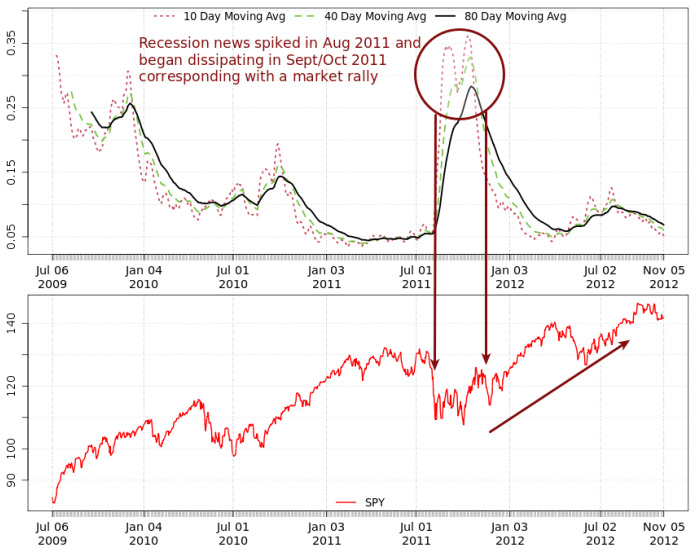
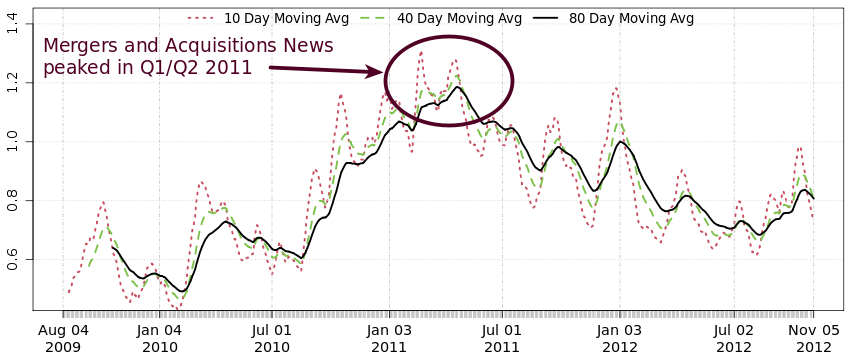
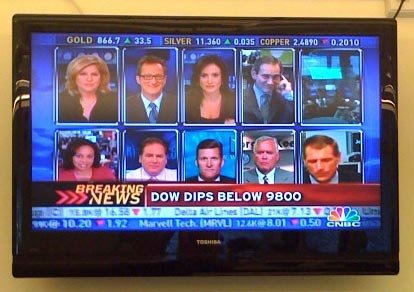
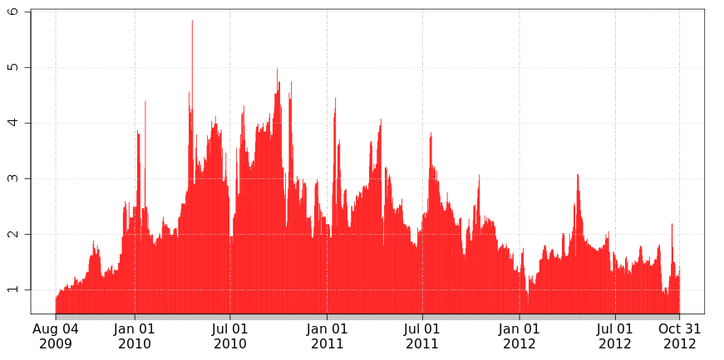
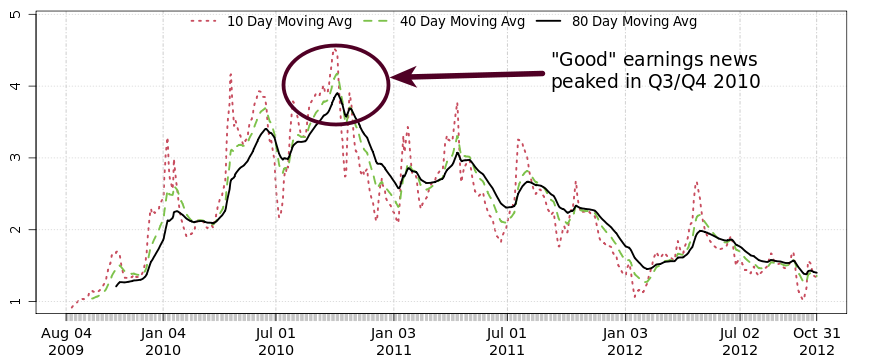
 RSS Feed
RSS Feed
